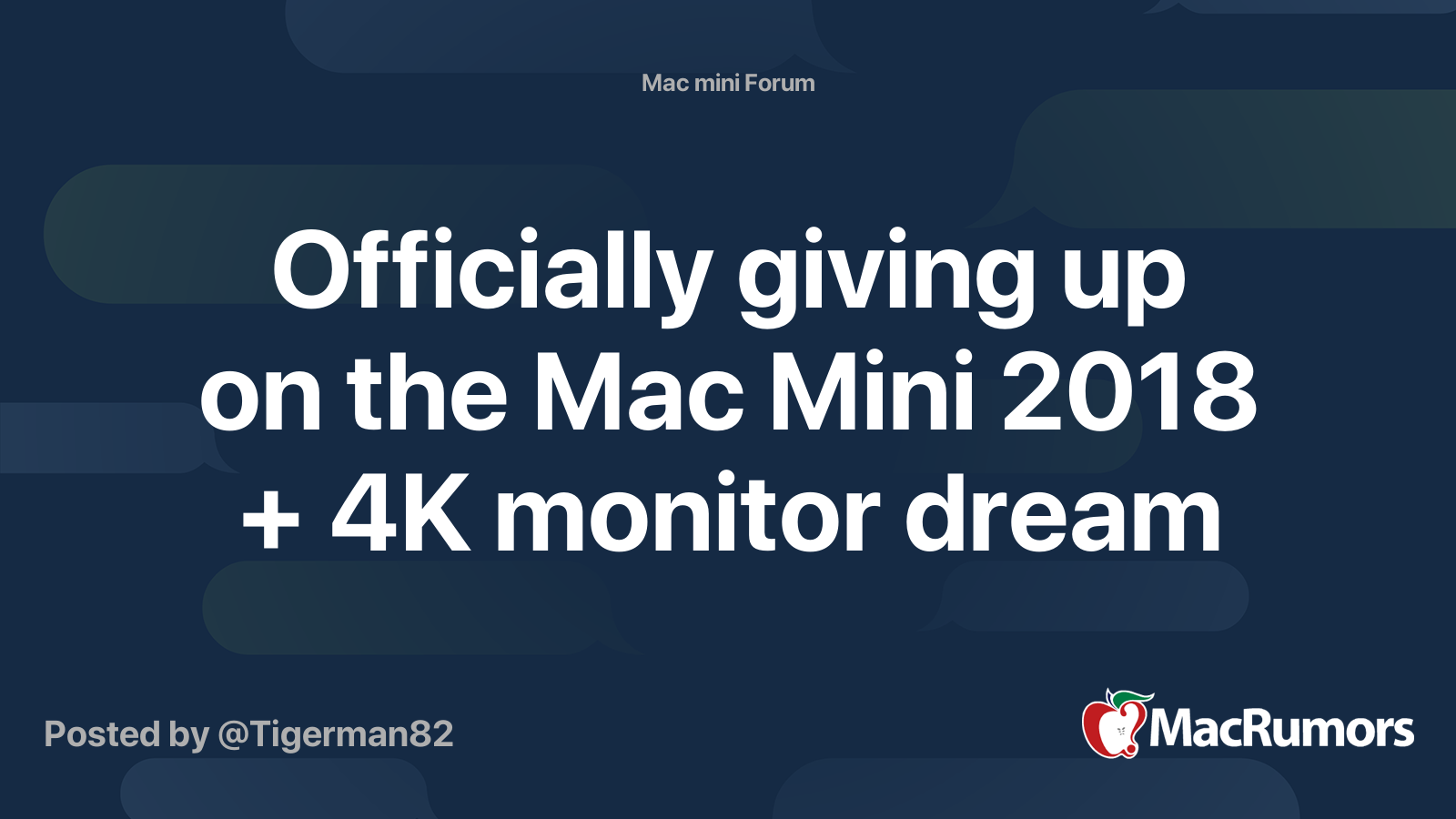Yes, purchasing the new machine would be wise. However, from my experience, the i5 processor in my late 2018 Mac Mini performs just as well (maybe better) than the i7 processor I had in my late 2012 Mac Mini (was was a fine machine, by the way). Unless someone can show me some actual test results, I believe the i3 processor would be a step down from the i7.I haven't read the entire thread but for me this is a no brainer to buy the new machine, because of ongoing OS compatibility and security updates for at least another 5 years. I would take a new i3 over a 2012 i7.
Last edited:


